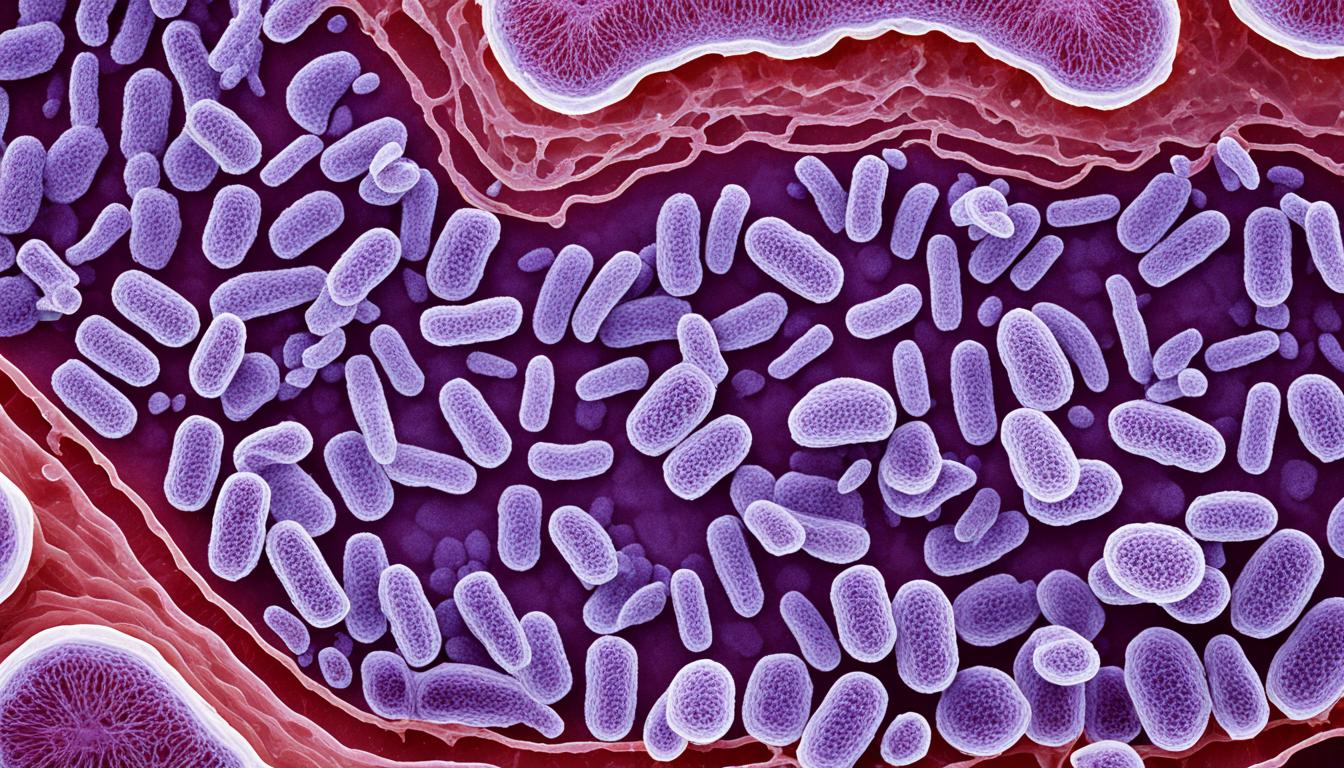Periodontitis is a chronic issue that induces inflammation around the teeth. It often leads to gum disease and, in severe cases, tooth loss. The condition emerges from the buildup of bacteria in the mouth, which triggers the immune system. Symptoms of this issue comprise swelling of the gums, gums that bleed easily, halitosis (bad breath), and teeth that feel wobbly.
Finding periodontitis early is vital to avoid more severe problems. To diagnose it, a dentist will look closely at your mouth. This may include taking X-rays and measuring the depths of the gum pockets. Common ways to treat periodontitis are through deep cleaning, antibiotics, and sometimes surgery.
Stem cell therapy is becoming an exciting area for dealing with gum disease. Stem cells show promise in fixing damaged gums, making the mouth healthier. Recent studies are encouraging, especially about mesenchymal stem cells. These come from dental tissue and can become various types of cells, like those found in bone, cartilage, and soft tissues.
Future treatments with stem cells could change how we handle periodontitis. By using the body’s natural healing powers, we might see better results for patients in the future.
Key Takeaways:
- Periodontitis is a chronic inflammatory condition that leads to gum disease and potential tooth loss.
- Oral bacteria accumulation and the body’s immune response are the main causes of periodontitis.
- Symptoms of periodontitis include gum inflammation, bleeding gums, bad breath, and loose teeth.
- Early diagnosis through thorough dental examination is important to prevent further damage.
- Treatment options for periodontitis include scaling and root planing, antibiotics, and surgery.
- Stem cell therapy shows promise in regenerating damaged gum tissue and improving oral health.
- Mesenchymal stem cells derived from dental pulp and periodontal ligament are being explored for periodontal regeneration.
Causes and Risk Factors of Periodontitis
Periodontitis is a common gum disease caused by oral bacteria. These bacteria create dental plaque. This plaque turns into tartar if not removed by daily brushing and flossing. You must visit a professional to get rid of tartar.
Not taking good care of your teeth is one main reason for periodontitis. But, some factors can make you more likely to get it:
- Smoking: Smoking is a big risk for periodontitis. It lowers your immune system and affects blood flow to your gums. So, healing becomes harder.
- Diabetes: People with diabetes are at a higher risk. High blood sugar can slow down your body’s infection fighting power. This includes the infection in your gums.
- Hormonal changes: Changes like in pregnancy or menopause can cause gum problems. They make your gums more at risk for disease.
- Genetics: Some people inherit a risk for periodontitis. This means it can run in families.
- Medications: Certain drugs for epilepsy or high blood pressure can harm your gums. They might play a role in causing periodontitis.
If you have these risks, taking care of your teeth well is super important. This means regular brushing, flossing, and dental check-ups. Doing this can reduce your chance of getting periodontitis.
Next, we’ll look at how periodontitis is diagnosed and treated. We’ll explore how to effectively manage this health issue.
Diagnosis and Treatment of Periodontitis
Diagnosing and treating periodontitis is key for good oral health. The first step is a thorough exam. This includes checking pocket depths, taking X-rays, and looking at how your gums bleed and look.
To check the health of your gums, pocket measurements are taken. X-rays show how much bone around the teeth is lost. These steps help make a plan to treat the problem well.
Treating periodontitis often needs both professional help and your care at home. Scaling and root planing are usually the first steps. This process cleans deep into your gums, removing plaque and bacteria.
Antibiotics might be needed in some cases to fight infection. They can be pills, gels, or a special type that’s put directly in the gum pocket. This step is important for people with serious periodontitis or who haven’t improved with the first treatments.
If the disease is severe or if there are bigger issues, surgery might be the best choice. These operations aim to take out bad gum tissue and help the good tissue grow back. This makes your gums healthier and easier to clean.
After getting treated, keeping up with your oral health is crucial. This means regular brushing and flossing, using a mouthwash, and seeing your dentist often. These habits, plus professional cleanings, help avoid the disease coming back.
Summary:
Diagnosis for periodontitis includes gum checks and X-rays. Starting treatment with scaling and root planing clears out bacteria. For tough cases, antibiotics and surgery may be needed. It’s vital to keep up with these treatments and see your dentist regularly to stay healthy.
The Role of Stem Cell Therapy in Periodontal Regeneration
Stem cell therapy is shaping a new path in periodontal regeneration. It leverages cells from dental pulp and periodontal ligament. These cells can turn into bone, cartilage, and connective tissue. They are key for repairing and growing new tissues.
Solid research backs the success of these cells. They help heal bones, reduce swelling, and attach tissues better. Experiments on animals have been very successful. Other types of stem cells, like those from bone marrow and fat, also look promising. They can become various cell types. They release substances that help in fixing tissues.
Scientists are studying how stem cells can help with different oral problems. This includes issues with the bone, tooth roots, and gums. Stem cell treatments for periodontitis are new. But, they could change the way we treat these problems. Yet, we need more trials and studies to fully understand and ensure the safety of these treatments.

